Low pricing,

High Voltage!
We are Manufacturers and Suppliers in Europe of Aerothermal equipment, Fan Coil units, Inverters, Batteries and Flexible Solar Panels. With a variety of high-tech environmental control and energy saving systems.
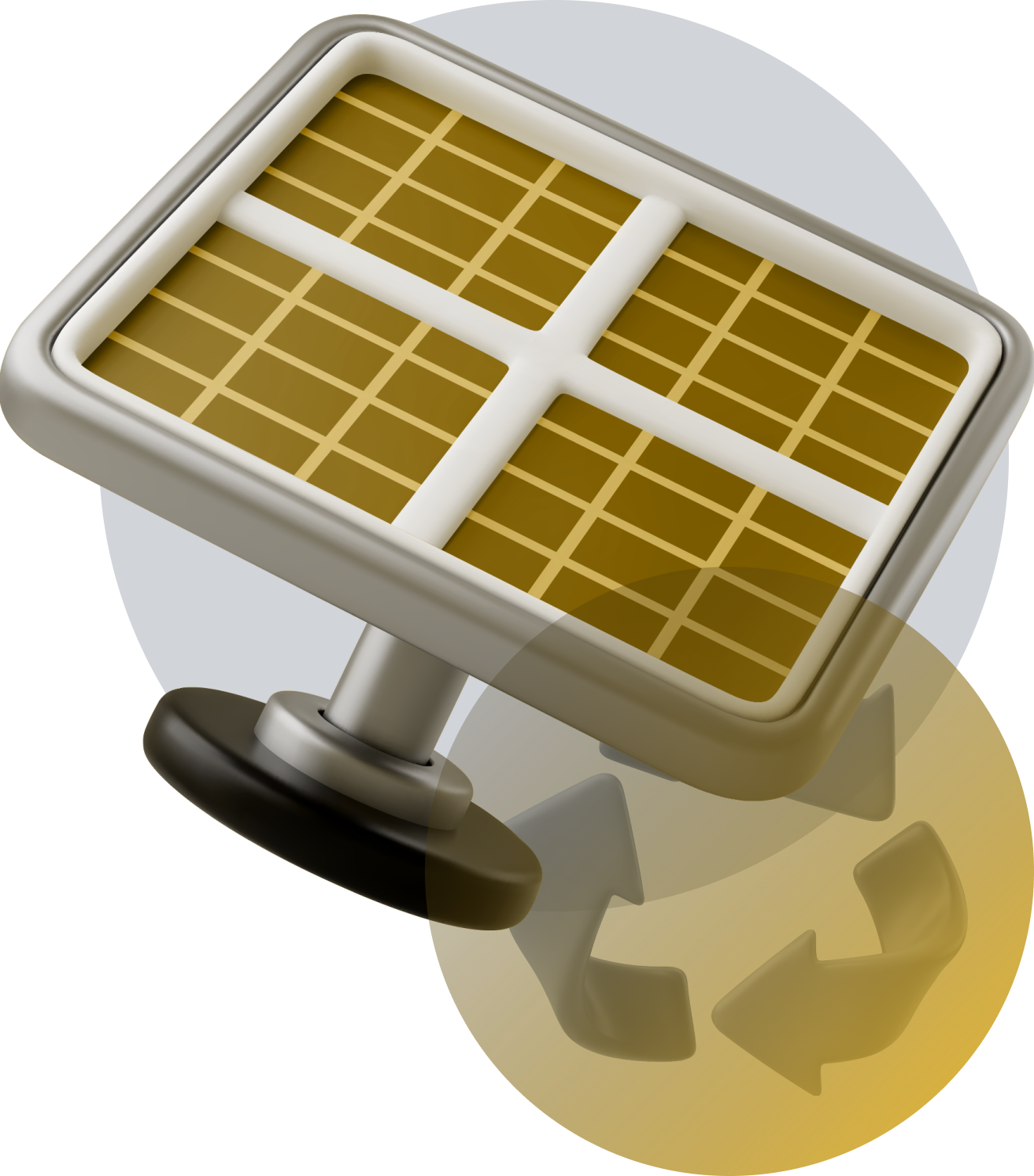



- Leading manufacturer
At Lowbolt we can proudly say that we are a leading manufacturer of high-quality and sustainable energy solutions. Our company is focused on supplying products to manufacturers, distributors and installers. Read more
- European certified products with warranty
Our products are manufactured using high-quality materials and meet all required European certifications. In addition, we offer extensive warranties on all our products, so you can use our products with confidence. Read more
- Wide range of products
We offer a wide range of products with which you can fully provide your customers with sustainable energy solutions. Our range includes various types of heat pumps for consumers, inverters, flexible solar panels and a special line of heat pumps for industrial customers or companies such as hotels or supermarket chains. Read more
- Software and Application
We are currently working hard on developing an advanced application that allows you to monitor and manage the performance of your energy installation. This user-friendly app also offers the possibility to have all our products communicate with each other within one platform. Would you like to stay informed of these exciting developments? Then follow us on social media and sign up for our newsletter so you don't miss anything! Read more
Our products
Inverters
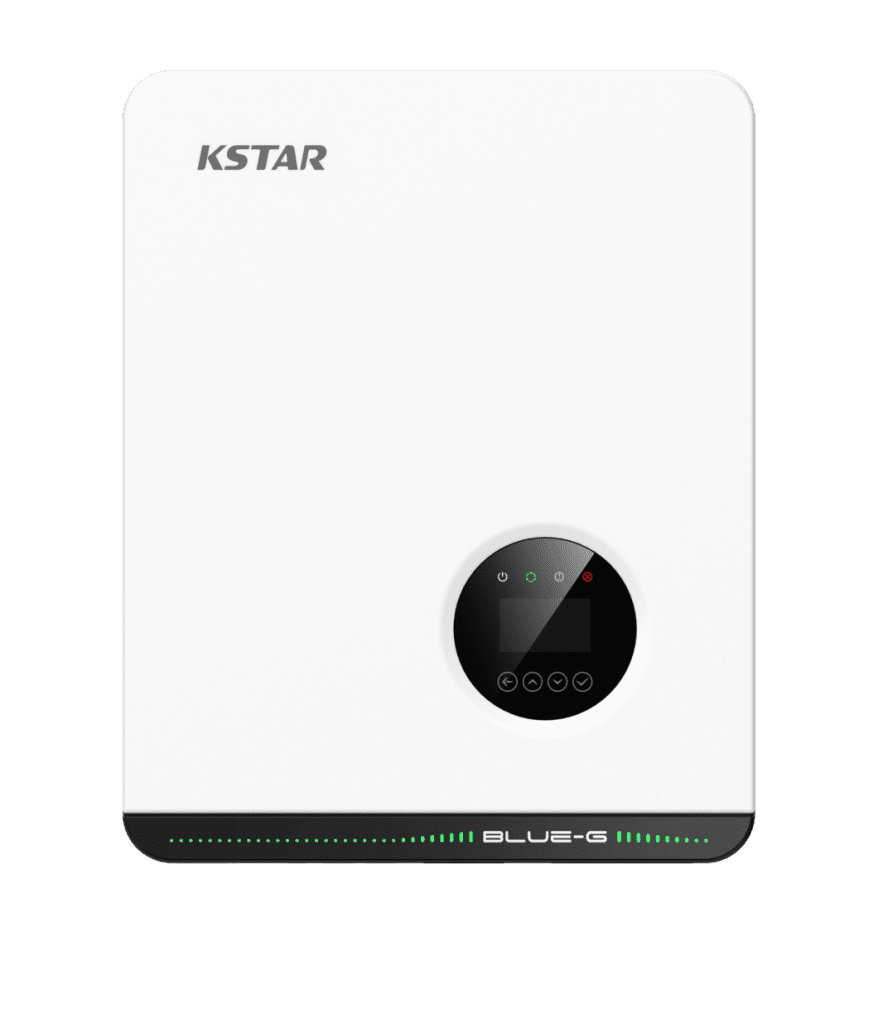
- - Ensures maximum production of solar panels.
- - Energy can be stored in our home batteries.
- - Inverters in all shapes and sizes. We have an inverter available for every project.
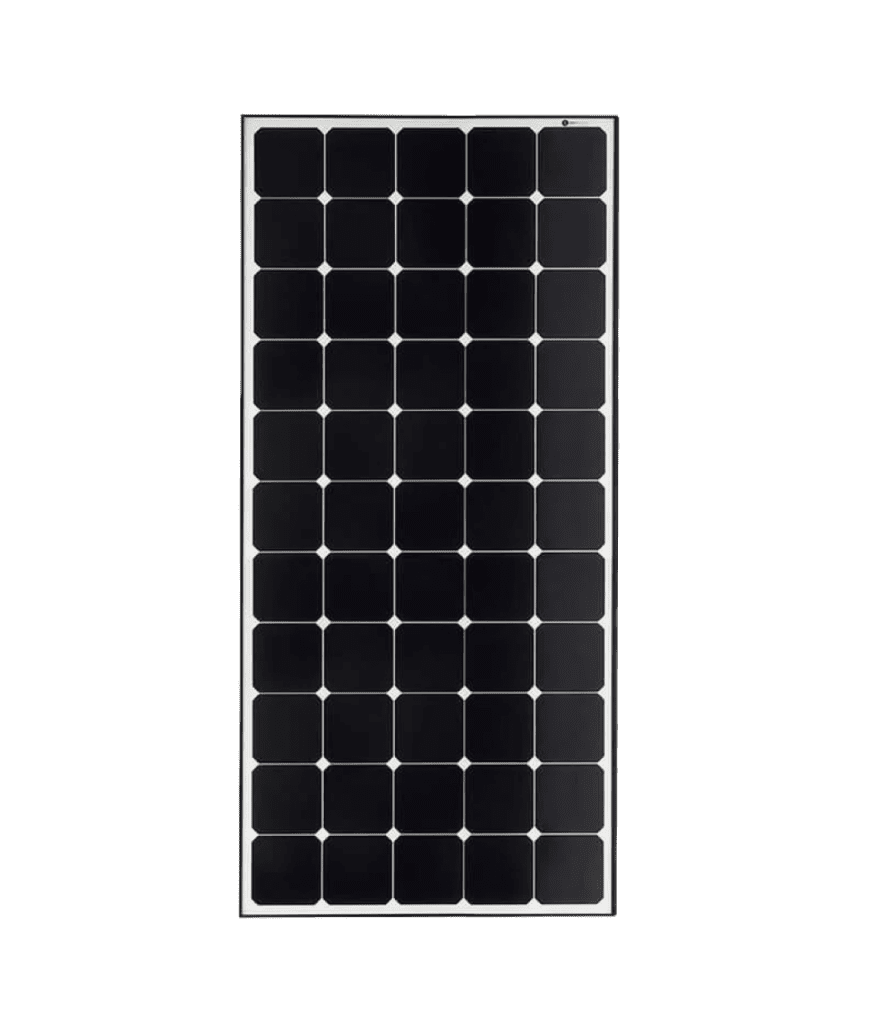
- Reduces the cost of your energy bill.
- An investment that pays for itself
- Increases the value of your home
- Flexible solar panel and light in weight!
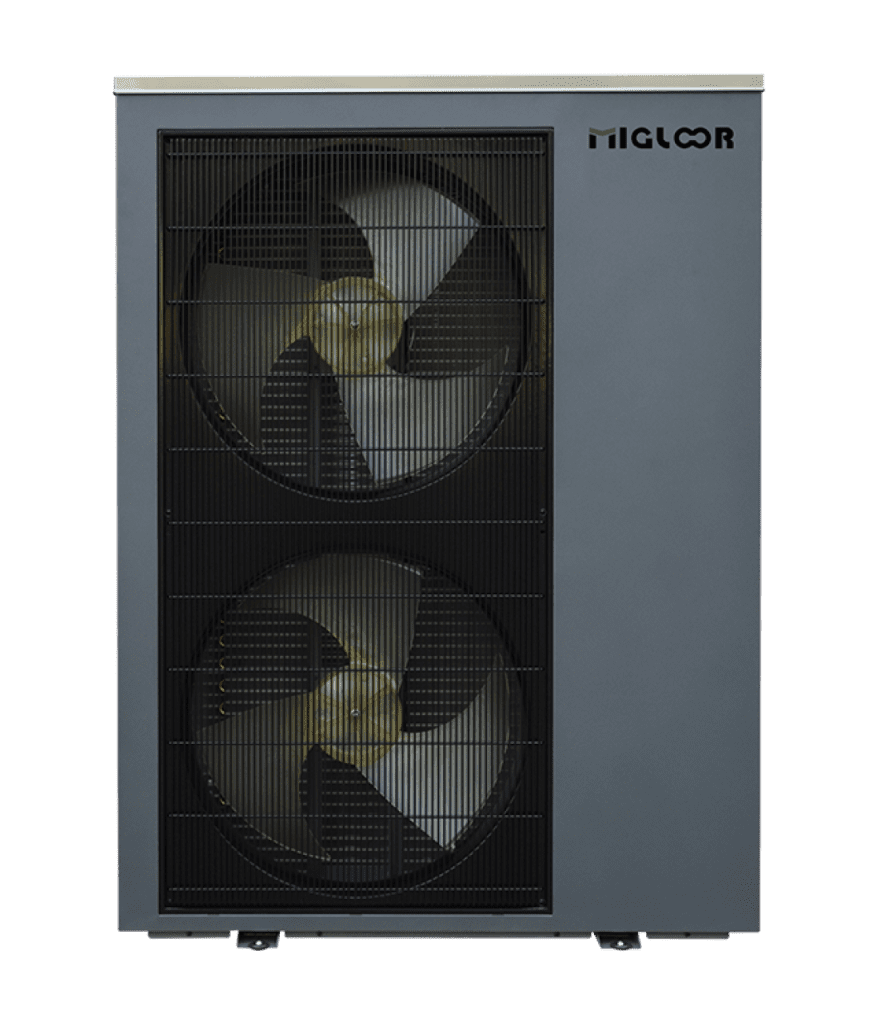
- Helps save a lot on gas consumption
- Good for a reduction of CO2 emissions
- Good for your wallet
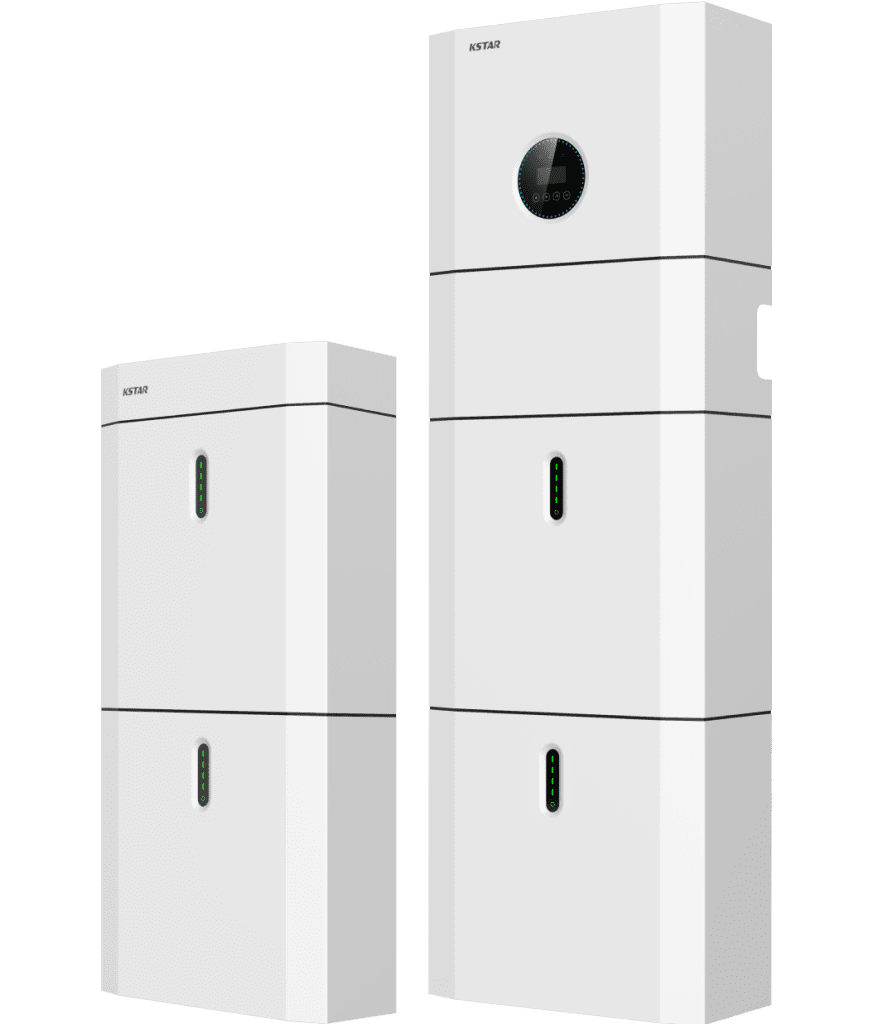
- Helps save a lot on gas consumption
- Store the energy generated and become self-sufficient!
- Easy installation & maintenance friendly!
- Make maximum use of your solar panels.

- Helps save a lot on gas consumption.
- Good for a reduction of CO2 emissions
- One-time investment that pays for itself.

Sustainable energy
Sustainable energy, also known as renewable energy, is the cornerstone of our efforts to create a sustainable and environmentally friendly energy future. These forms of energy generation use natural resources that are inexhaustible and have little to no negative impact on the environment. Unlike traditional energy sources, such as fossil fuels, which contribute to air pollution and climate change, sustainable energy offers a range of benefits that benefit the global community and the planet as a whole.
A Greener Future, The Benefits of Sustainable Energy:
- Reduction of Greenhouse Gas Emissions:
One of the most pressing challenges of our time is climate change. Sustainable energy sources, such as solar energy, wind energy and hydropower, produce virtually no greenhouse gases. By switching to sustainable energy, we reduce our ecological footprint and actively contribute to combating climate change. - Protection of Natural Resources:
Traditional energy sources are finite and exhaustible. Sustainable energy sources, on the other hand, are renewable and do not deplete the Earth's limited supplies. By using solar energy, wind power and other renewable sources, we reduce the pressure on our natural resources and preserve them for future generations. - Diversification of Energy Supply:
Utilizing different sustainable energy sources reduces our dependence on a single source. This increases our energy independence and strengthens the resilience of our energy supply in times of scarcity or disruptions. - Creating Green Jobs and Economic Growth:
The switch to sustainable energy stimulates the growth of green industries and creates new employment. From research and development to installation and maintenance of sustainable energy systems, this sector contributes to economic growth and innovation. - Improving Air Quality and Health:
Fossil fuels contribute to air pollution and health problems. By switching to clean and renewable energy sources, we reduce harmful emissions and contribute to cleaner air and a healthier living environment for everyone. - Promoting Technological Progress:
The development of sustainable energy technologies drives innovation and progress. This can lead to new breakthroughs in efficiency, storage and integration of sustainable energy sources.



About us
Lowbolt is a leading supplier of high-quality sustainable energy solutions for manufacturers, distributors and installers. We offer a wide range of reliable products, including heat pumps, home batteries, solar panels and inverters, that meet the needs of the renewable energy market.
Partnership with Icybay
Lowbolt works closely with Icybay, a respected company in the field of sustainable energy technology. This partnership allows us to offer a comprehensive range of products and services to manufacturers, distributors and installers. By joining forces, we can deliver reliable and advanced solutions that meet the highest quality standards.
Our products
At Lowbolt we understand the need for high-quality and efficient energy solutions. Our product range includes high-quality heat pumps, home batteries, solar panels and inverters designed to convert sustainable energy into usable electricity and use it efficiently.
Our products have been carefully selected for their reliability, performance and durability so that our customers can trust the quality of what they offer to their end users.
Customer-oriented approach
At Lowbolt we attach great importance to the satisfaction of our customers. We understand that manufacturers, distributors and installers need reliable products and excellent service. Our experienced team is always ready to provide expert advice, technical support and fast delivery. We strive to build long-term relationships and support our customers in successfully implementing sustainable energy solutions.
Together we make a difference
At Lowbolt we believe in the power of collaboration to accelerate the transition to sustainable energy. By working closely with manufacturers, distributors and installers, we contribute to creating a cleaner and more sustainable future. Together we can have a positive impact on the environment and contribute to the growth of the renewable energy market.
Contact us today and discover how Lowbolt can support your business in delivering high-quality sustainable energy solutions to your customers.
Frequently asked
questions
Yes, almost all our products are on the government subsidy list. You can use the ISDE reporting code list to enter the code of the installed Find products you need when applying for your subsidy.
Yes, this is possible by integrating a system of photovoltaic panels. These panels supply the electricity required for the operation of the heat pump. By combining these two renewable energy sources, namely photovoltaic solar energy and aerothermal energy, we achieve optimal energy efficiency. This allows us to fully meet all the thermal needs of a house at no extra cost, as the solar panels generate the necessary electrical energy to run the heat pump.
Yes, a heat pump can be used for both heating and cooling. Heat pumps are actually reversible systems that are able to move heat from one place to another. Here's how it works:
Heating: In winter, the heat pump extracts heat from the outside air, the ground or groundwater (depending on the type of heat pump) and uses this heat to heat your house. This process uses the principle of heat transfer and compression to generate heat for heating.
Cooling: In the summer, the same heat pump can be reversed to remove heat from your home and transfer it outside, lowering the temperature inside. This process is often called “reverse cycling,” and it works similarly to air conditioning, moving heat from indoors to outdoors.
The ability to both heat and cool makes heat pumps very versatile and efficient HVAC systems. They are especially popular in areas with temperate climates, where both heating in winter and cooling in summer are required. Using a heat pump for both heating and cooling can lead to energy savings and lower energy costs because they are more efficient than many other heating and cooling systems.
The amount of money you can save with a heat pump depends on several factors, including the type of heat pump, your current heating and cooling system, energy prices in your area, the efficiency of the heat pump and your energy consumption. Here are some factors to consider:
Type of heat pump: There are different types of heat pumps, including air-to-air, air-to-water and ground/water heat pumps. Each type has its own efficiency and costs. Ground/water heat pumps are usually the most efficient, but also more expensive to install.
Energy efficiency: The heat pump efficiency is measured in seasonal energy coefficient of performance (SEER) for cooling and in seasonal coefficient of performance (COP) for heating. The higher these values are, the more efficient the heat pump is. Choose a heat pump with a high SEER and COP value to save more energy.
Current heating system: Switching from an inefficient heating system to a heat pump can save you significantly on your energy costs. For example, oil or electric heating systems are often more expensive to heat than a heat pump.
Energy prices: The energy prices in your region affect how much you can save. If electricity is expensive, you can save more by switching to a heat pump if it works efficiently.
Insulation and efficiency of your home: A well-insulated home with efficient windows and doors will perform better with a heat pump, which will increase your savings.
Usage patterns: Your savings also depend on how often you use the heat pump and at what temperature you heat or cool your home. Lower settings in winter and higher settings in summer will help maximize savings.
In general, households that switch to an energy-efficient heat pump and reduce their energy consumption can achieve significant savings on their energy bills. However, it is important to have a professional energy audit carried out to identify your specific savings potential before installing a heat pump. This will help you make an informed decision about which type of heat pump is best suited to your situation and how much you can expect to save.
Aerothermal energy, also called air-to-water heat pumps, can be installed in different types of homes, with some considerations for best performance:
New Construction Homes: Aerothermal systems can be easily integrated into newly built homes. This allows them to be designed from the start to be energy efficient and effectively cover the heating and cooling needs of the home.
Existing homes: Aerothermal heat pumps can also be installed in existing homes. However, it is important to ensure that the existing insulation and efficiency of the home are sufficient for the heat pump to function optimally. Sometimes adjustments to insulation and ventilation are necessary to improve efficiency.
Apartments: Aerothermal heat pumps can be installed in apartment buildings, where each apartment can have its own individual system or where a central system can serve multiple units.
Rental properties: Both renters and landlords can consider aerothermal systems for rental properties. They can help reduce energy costs for tenants and increase the value of the home for landlords.
Commercial Buildings: Aerothermal heat pumps can also be installed in commercial buildings, such as offices, shops and restaurants, to cover both heating and cooling needs.
However, it is important to note that the efficiency of aerothermal systems is partly dependent on local climatic conditions. In colder climates they can still operate efficiently, but they may need to be combined with additional heating systems or optimized for such conditions. In general, it is advisable to have a professional energy audit and seek advice from an HVAC expert to determine if an aerothermal system is suitable for your specific home or building.
The refrigerant R290 in aerothermal offers significant benefits such as increased energy efficiency, reduced direct emissions and energy savings. This is due to the following features:
- Natural: This alternative option is found in crude oil.
- Environmentally Friendly: Compared to other refrigerants, propane, as a natural gas, has minimal impact on the environment, making it a much more environmentally friendly and sustainable choice.
- Economical: This natural option has low condensation temperatures and thermodynamic properties that maximize energy efficiency.
- Efficient: The alternative refrigerant R290 is used in compressors with a lower displacement volume, allowing it to achieve a cooling capacity equivalent to that of the gases R134a and R124yf. This translates into an increase in the efficiency of commercial refrigeration systems.
Solar panels are generally suitable for many different types of roofs, but installation can vary depending on the type of roofing and the specific characteristics of your roof. Flexible solar panels, such as the lightweight panels they offer, offer more installation options and can be placed on a wider range of roofs than traditional solar panels. Here are some common types of roofs on which solar panels can be installed:
Sloping roofs: These are the most common roofs on which solar panels are installed. Both sloping roofs with tiles and sloping roofs with metal roofing can be suitable for solar panels. The installation can be adjusted to the angle of the roof.
Flat roof: Solar panels can also be installed on flat roofs. They are usually mounted on frames or ballast systems to achieve the correct angle and orientation for maximum energy generation.
Metal Roofs: Solar panels can be installed directly on metal roofs. This can make installation easier because there are no roof penetrations or roof coverings to remove.
Roof with bitumen or EPDM roofing: Flexible solar panels are suitable for roofs with bitumen roofing (for example roofing) or EPDM (a type of synthetic rubber). These panels can be stuck to the roof surface.
Corners and unusual shapes: Flexible solar panels can be adapted to unusual roof shapes and angles, meaning they can be suitable for roofs with complex designs.
However, it is important to consider that the installation of solar panels on some roofs may require additional structural modifications, such as roof reinforcement or framing structures. You must also take local building regulations and permits into account. It is always wise to consult a professional solar installer to assess the suitability of your roof and determine the best installation method. They can also help you navigate any regulations and permits required for your specific situation.
Batteries are used in a solar panel system to store excess electricity generated when the solar panels produce more energy than is currently needed in your home or building. Here's how the process works:
Solar panels generate electricity: Solar panels convert sunlight into direct current (DC) electricity. This electricity is then sent to the inverter.
Inverter converts DC into alternating current (AC): The inverter is a device that converts the DC electricity produced by the solar panels into alternating current (AC), which is used to power your electrical appliances in your home.
Power consumption in your home: The electricity produced by the solar panels and converted by the inverter is first used to power your electrical appliances. If your electricity consumption at that moment is lower than the production of the solar panels, the surplus electricity is sent to the batteries.
Charging the batteries: The batteries store excess electricity that is not used immediately. This storage is done through a charging process, in which the electricity is converted into chemical energy in the battery cells.
Use of stored energy: In the evening, at night or at times when the solar panels do not produce sufficient electricity, the stored energy is released from the batteries. This is when your household uses the stored electricity to cover power consumption. When the batteries are completely discharged and electricity is still needed, the system switches to the regular electricity grid.
Using batteries in a solar panel system offers several benefits, such as maximizing self-consumption of solar energy, providing power during power outages, and reducing the load on the electrical grid. So it makes your solar panel system more efficient and reliable. The capacity and number of batteries you need depends on your energy needs and your desired independence from the electricity grid. A professional installer can help you determine the correct battery configuration for your specific situation.
Installing an electric vehicle charging station at home offers several benefits, including:
Easy charging: With a charging station at home you can easily charge your electric vehicle whenever you want, without having to drive to public charging stations. This is convenient for daily use and can save time.
Cost savings: Charging at home is often cheaper than charging at public charging stations. You can benefit from cheaper electricity rates at night or during off-peak hours, depending on your energy contract. Additionally, some electric companies may offer special rates for EV owners.
No waiting times: With a charging station at home you don't have to queue at public charging stations, especially at busy times. You can simply plug in your vehicle and do something else while it's charging.
Faster charging speeds: Home chargers can usually provide higher power than many public charging stations. This means your vehicle will charge faster, meaning you spend less time waiting.
Flexibility: You can customize your home charging station to meet your specific needs and installation requirements. You can choose a simple basic charger or a more advanced charger with additional functions, depending on your budget and wishes.
Low maintenance costs: Home charging stations usually require little maintenance and have a longer lifespan. You don't have to worry about the condition of public charging stations.
Charging during off-peak hours: A home charging station allows you to charge your vehicle during hours of lower electricity rates, further reducing your energy costs.
Environmental friendliness: Electric vehicles (EVs) are generally more environmentally friendly than combustion engine vehicles, and home charging makes it easier to power your EV with green energy sources like solar.
Independence from public charging infrastructure: If you live in an area where public charging stations are limited, a home charging station gives you more freedom and independence to charge your electric vehicle.
Overall, installing an electric vehicle charging station at home can improve the overall experience of owning and operating an EV by providing convenience, cost savings and flexibility. It can also contribute to a greener lifestyle by reducing greenhouse gas emissions.
The duration of the installation process for a heat pump or solar panel system can vary depending on several factors, including the complexity of the project, the size of the system, the availability of materials and labor, weather conditions and the experience of the installers. In general, here are some time estimates for installing these systems:
Solar panel system:
- A small residential solar panel system can usually be installed in 1 to 3 days, depending on the size and complexity of the system.
- Larger residential or commercial systems may take more time, ranging from several days to several weeks, depending on the size of the project.
- The installation process usually involves mounting the panels on the roof or mounting systems, connecting the cabling, installing inverters and other components, and connecting the system to the electrical grid.
Heat pump system:
- Installing an air-to-air heat pump in an existing home can typically be completed within 1 to 3 days, depending on the complexity of the system and the modifications required to the existing HVAC installation.
- Installing a ground source heat pump or hybrid system may take longer, possibly several weeks, as it may require more excavation and earthworks.
- The installation includes installing the indoor and outdoor units, connecting the pipes and commissioning the system.
It is important to note that installation time may also vary based on factors such as permit availability, weather conditions (installations can sometimes be delayed if the weather is extreme), and any additional work that may be required, such as roof repairs or electrical upgrades .
It is advisable to obtain quotes and time estimates from certified installers before deciding which system to install so that you can have a better idea of the specific timeline for your project. Hiring an experienced and well-qualified installation team is essential for a successful and efficient installation.
The maintenance of heat pumps, solar panels, inverters, home batteries and charging stations is essential to ensure the efficient operation and longevity of these systems. Here are some guidelines for maintaining each of these components:
Heat pumps:
- Regularly remove dust and dirt from the outdoor and indoor units so as not to restrict air flow.
- Replace air filters according to manufacturer's recommendations, usually every 1-3 months.
- Have a professional service performed annually to check performance, check coolant levels and resolve any problems.
Solar panels:
- Keep the panels clean by removing dirt, leaves and snow that can reduce efficiency.
- Check regularly for damage to the panels, such as scratches or cracks.
- Have a professional inspection performed periodically to assess the overall health of the system.
Inverters:
- Regularly check whether the inverter is functioning properly and whether there are any error messages.
- Ensure good ventilation to prevent overheating.
- If there are any problems with the inverter, call a professional as it is a crucial part of the solar system.
Home batteries:
- Store the batteries in a suitable location, preferably at a constant temperature and away from direct sunlight.
- Follow the manufacturer's recommendations regarding charge and discharge cycles to extend life.
- Periodically have a professional inspection performed to check the health of the battery.
Charging stations:
- Regularly clean the charging cables and connections to ensure that they are free of dirt and corrosion.
- Check whether the charging station functions correctly and whether no errors are shown on the display.
- Make sure that the power supply to the charging station is stable to prevent damage to the electronics.
Yes, in many cases it is possible to connect a heat pump to existing radiators in a heating system. However, the process of integrating a heat pump into an existing heating system depends on several factors, including the type of heat pump, the current heating system, the condition of the radiators and the sizing of the system.
Here are some considerations:
Water type heat pump: Heat pumps come in different types, including air-water, air-air and ground-water heat pumps. Air to water heat pumps are generally best suited to be integrated with existing radiators as they can produce hot water that can flow through the radiators.
Radiator capacity: It is important to evaluate the capacity and heat output of the existing radiators. Some older radiators may not be suitable for low temperature heating, which the heat pump can provide. In some cases you may need to replace radiators or consider additional heating sources such as underfloor heating.
Sizing the heat pump: The heat pump must be sized to provide sufficient heat to your home, including the heat needed to heat the radiators. An HVAC professional can help you determine proper sizing.
Hydraulic adjustments: Hydraulic adjustments may be required to the existing heating system to ensure that the heat pump can work effectively with the radiators. This may include installing a surge tank, pipe adjustments or other changes.
Temperature control: Heat pumps operate most efficiently at lower water temperatures than conventional boiler heating. Therefore, it may be necessary to add thermostatic radiator valves or other controls to adjust the water temperature in the radiators.
It is important to work with an experienced HVAC professional who is familiar with heat pumps and existing heating systems to determine feasibility and the best approach for your specific situation. With proper planning and adjustments, heat pumps can work efficiently in combination with existing radiators.
Satisfied customers

top notch"
The heat pump has been incredibly efficient, providing both heating and cooling for my home with ease. The solar panels are generating an impressive amount of clean energy, and the inverter is working flawlessly, maximizing the system's performance.

Allowing me to store excess energy and use it during times when the sun isn't shining. It gives me peace of mind knowing that I have backup power during outages. The charge pole installation was swift, and now I can conveniently charge my electric vehicle at home.

The team was knowledgeable, patient, and attentive to my specific needs. They answered all my questions and guided me through the entire process, making it hassle-free. The installation crew was professional, efficient, and left no mess behind.

Visitor address:
Vlaardingweg 62,
3044CK Rotterdam,
The Netherlands
Questions?
Would you like to obtain more information about our products or know how we can help you and your customers with the best energy solutions?
Contact us using the form below.
Our specialists will gladly assist you!


